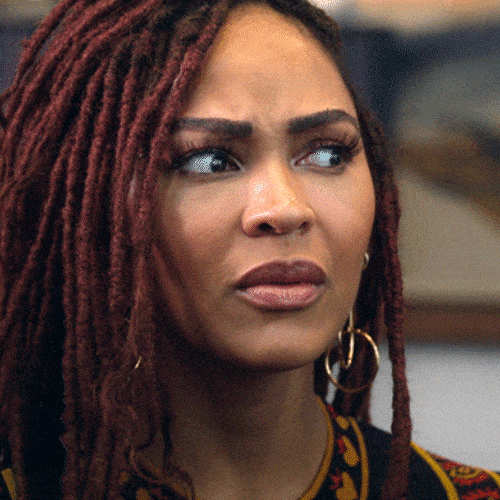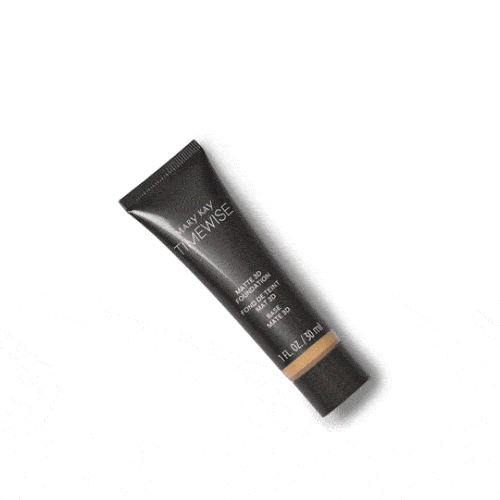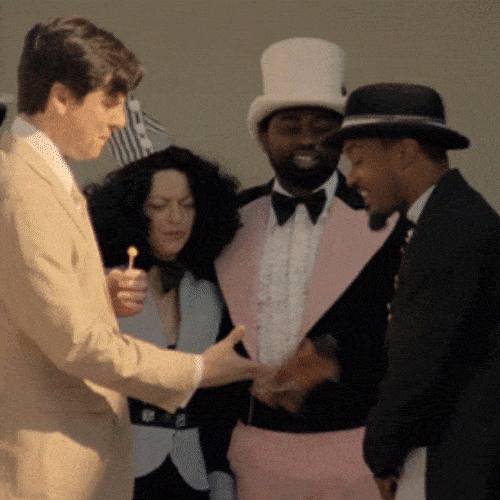Understanding complexion | Essential words and phrases for discussing skin tone


As we all know, the color of a person's skin can range from light to dark. In this article, we're going to look into the topic of complexion and discuss appropriate words and phrases to use in English when conversing about skin tone.
Whether you're giving compliments or engaging in discussions about diversity and inclusion, having the right vocabulary can make all the difference.
When we talk about complexion, we're referring to the natural color, appearance, and texture of a person's skin. It's the unique combination that defines each individual's skin tone. Understanding this concept allows us to navigate conversations about skin tone in a respectful and inclusive manner.

The skin's complexion is influenced by its tone and undertone. The tone refers to the color of the skin created by melanin, the pigment responsible for skin color. The undertone, on the other hand, is the subtle hue that lies beneath the surface.
This interplay between tone and undertone gives each person's complexion its distinct characteristics.
When you want to give someone a genuine compliment on their skin, there are several ways to express your admiration. For example, you can say, "Wow, you have such a lovely complexion!" or "Your skin tone is gorgeous!" These positive comments can boost someone's confidence and make them feel appreciated.

In English, we often use three broad categories when discussing skin complexion: light skin, medium skin, and dark skin. These categories help us describe the range of colors and shades we observe.
For instance, you might say, "Doug is the light-skinned guy sitting by the bar," "Dave is the dark-skinned gentleman in the suit," or "Mary is the fair-skinned woman by the door."

These descriptions provide a clear picture of someone's complexion, making conversations more vivid and relatable.
When someone's skin becomes darker due to sun exposure, we say they have a tan. It's common to admire someone's tan and comment on it. For example, you could say, "Your tan looks great! You must have spent a lot of time on the beach yesterday." Tanning is often associated with a healthy glow and a refreshed appearance.
Conversely, if a friend's skin appears very light because they haven't gotten any sun recently, you might say, "James, you look pale" or "You look pallid," which means very pale.

These comments acknowledge the person's current skin tone without causing discomfort.
To describe the many different variations within a complexion, we use the word "shade." For instance, someone shopping for makeup might ask a salesperson, "How many shades does that brown setting powder come in?" This question highlights the diverse options available and acknowledges the nuanced differences in skin tones.

Additionally, the term "olive skin" is frequently used to describe a light or moderate brown skin tone with undertones of green, gold, or yellow. This particular complexion is common in regions like the Mediterranean, Latin America, and various parts of Asia.
A makeup artist might say to a client, "Your olive skin looks so warm." English provides us with the vocabulary to appreciate and celebrate the beautiful variations in complexion.
In the past, terms like "red bone" and "yellow bone" were used to describe individuals with light skin and specific undertones. However, these terms are now considered outdated. It's important to stay mindful of the language we use and to ensure that our vocabulary is respectful and inclusive.

In certain communities, slang words are employed to describe different complexions. For example, darker skin may be referred to as ebony, while words like "chocolate," "mocha," "caramel," "butterscotch," and "vanilla" are used to describe various shades of skin. It's crucial to understand the context and to be respectful when using such terminology.
Discussions about complexion can be complex. It's important to be aware of the impact our words can have and strive for understanding, empathy, and inclusivity. Avoid using phrases like "yellow skin" or "red skin" as they can be offensive and perpetuate stereotypes. Instead, use descriptive language that appreciates and celebrates diversity.
Colorism refers to prejudice and discrimination against individuals with certain skin tones, typically within the same ethnic or racial group. It's essential to acknowledge this issue and work towards eradicating it.

For example, you could say, "Yvette favors dark-skinned men over light-skinned men, but I think colorism is wrong." By addressing colorism, we promote equality and fairness for all individuals, regardless of their complexion.
Conversing about complexion requires sensitivity and respect. By using the appropriate words and phrases we've discussed, you can ensure that you don't unintentionally hurt anyone's feelings or make unnecessary mistakes. Remember, embracing cultural and linguistic diversity leads to improved communication and a more inclusive society.

So, the next time you engage in a conversation about skin tone and color, keep these words and phrases in mind. English provides us with the tools to express admiration, describe variations, and foster understanding to help create a world where everyone feels accepted and appreciated, regardless of their complexion.
We are committed to equity,
diversity, and inclusion.
We welcome students,
educators, users, researchers,
and employees from a diverse
set of backgrounds.
Our own backgrounds vary in
terms of socioeconomic status,
religion, race, ethnicity,
gender
identity, sexual orientation,
age, neurodiversity,
disability,
and nationality.
In short: Be you. Do you.
We love and embrace
what makes you you. ![]()
Thank you for inviting us to assess
your web copy!
One of our copy analysts will take
a close look at your website and
get back to you right away.
We appreciate your trust. ![]()